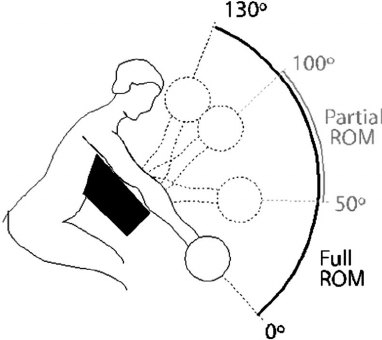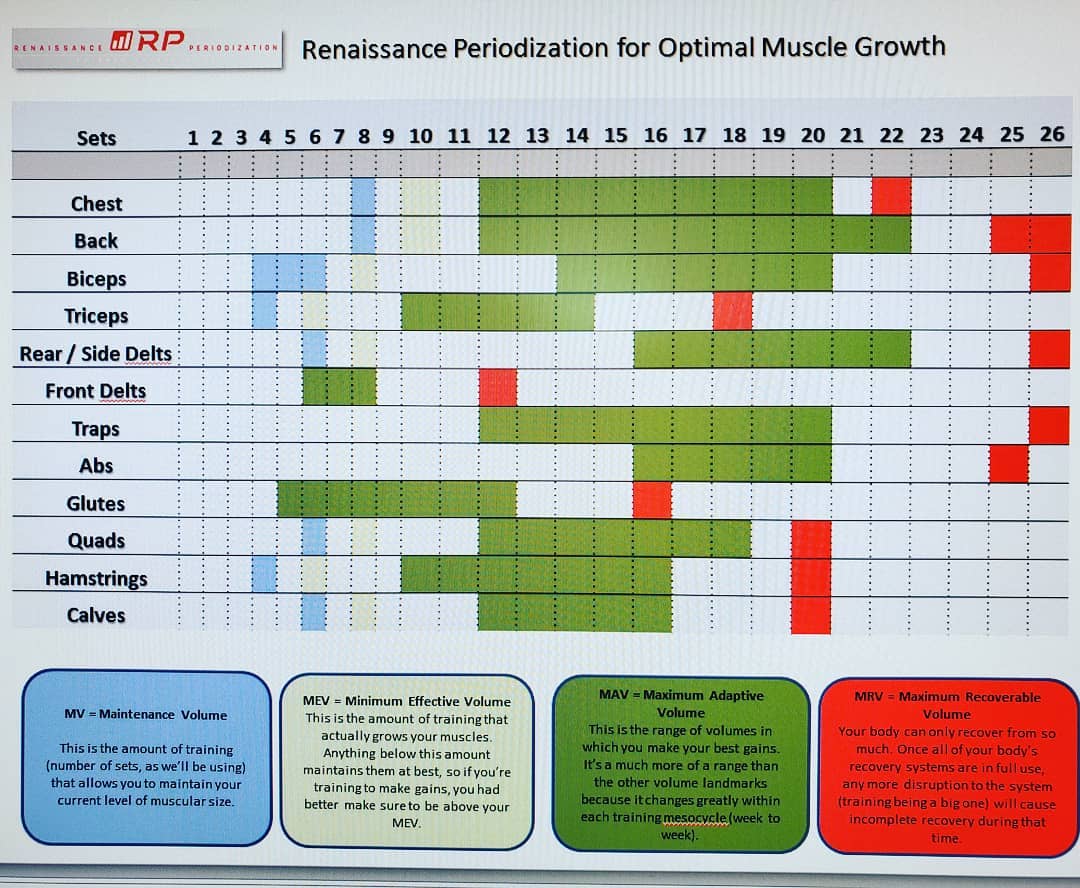
It is not about the weight, it is about volume and range of motion
It is volume and more importantly the quality of that volume. Aka form/range of motion as it relates to the math of volume.
Normal Volume Math: Reps X Weight = Volume
Weekly Chest Volume Example:
12 Sets X 10 Reps each set = 120 total reps X 100 lbs per rep = 12,000 lbs of weekly chest volume
Resistance training or lifting weights has different objectives. For instance powerlifting, athletic performance, muscle growth or even muscle endurance. Those variances can determine how you approach your training from a resistance standpoint. Not enough time to dive super deep into each of those variances, so I am going to lead with a solid foundation of knowledge to accomplish two main things in the gym when considering resistance training:
-
Time Training
-
Results
Let’s be honest. If the above two things happen, the likelihood of you continuing your fitness journey with longevity in mind is of a greater chance.
Both time and results have a myriad of reasons here as well as to the why these two things are failed in the gym. But I want to focus on two things that I believe are the most critical to your success, your journey, and your sticktoitiveness.
-
Volume Math / Range of Motion
-
You are going to have to wait for this one for later in the post because I don’t want to offend some of you
Volume Math / Range of Motion
Each muscle group has an optimal number of sets and reps needed on a weekly basis to perform/grow at its most optimal rate. Let’s make assumptions for the purpose of the conversation that you are getting optimal rest, counting your macro nutrition to perform, and have taken into account your current level of training (1,5,10,20 years into your journey for instance).
Below I have provided the link to go out and do those very calculations for yourself (
Renaissance Periodization Optimal Sets Per Week Link). I have also provided the spreadsheet diagram I crafted to help me when I am building programs for clients. I have also provided the link for a deeper dive into training volume landmarks (
Training Volume Landmarks Link) and how that math is calculated for those of you that want to dive in deeper.
Pay attention here comes the gap:
Normal Volume Math as you remember is Reps X Weight = Volume.
What is missing, you ask… Range of motion/form. The math calculation above considers that you are doing two things. The second I will get to later 🙂 The first is that you are going through a full range of motion. What does this mean? Putting the muscle through full flexion and extension. This is simplified a little but you get the point.
Reps X Weight X (1) Full Range of Motion = Volume
Example 1
Full Range of Motion: 12 Sets X 10 Reps each set = 120 total reps X (1) Full Range of Motion All Reps X 100 lbs per rep = 12,000 lbs of weekly chest volume
Example 2
Partial Range of Motion: 12 Sets X 10 Reps each set = 120 total reps X (.5) Partial (50% of full) Range of Motion on All Reps X 100 lbs per rep = 6,000 lbs of weekly chest volume

Range of Motion
By trying to show off in the gym by loading more weight and compromising form, or for whatever reason you did not want to go “rear” to grass on your squat, you are stealing time away from yourself. You got dressed, took your pre-workout drink, drove to the gym… just to cheat yourself. Stop it and think about full range of motion of which I provided an example with a (preacher curl).
What is the last thing, you ask. This will makes sense to some and others it will not. My fear is the ones that either offend or do not make sense are falling into this category.
Intensity is relative
Not all people work hard. They think they do, but I assure you they do not. I have example after example of virtual clients not getting results and complaining about “their macros need changing”. Then I ask to come work them out and it often ends in someone crying, throwing up, missing that day surprisingly. I am not saying people are not entitled to off days. We all have them. But when those days supersede the intense days then maybe it is time to get a new mirror. Because the one you are talking to in the morning is a liar pants on fire.
Example:
Both Johnny and Sally are of equality in all aspects and ratios. Little Johnny and Sally are asked to run 250 meters as fast as they can. However, Sally has as a massive attack dog chasing her happy rear for 250 meters and that dog is hungry AF.
Who do you think wins? Just say’in!
Train hard and don’t waste your own time. You came all this way. Cross the finish line like you mean it!






